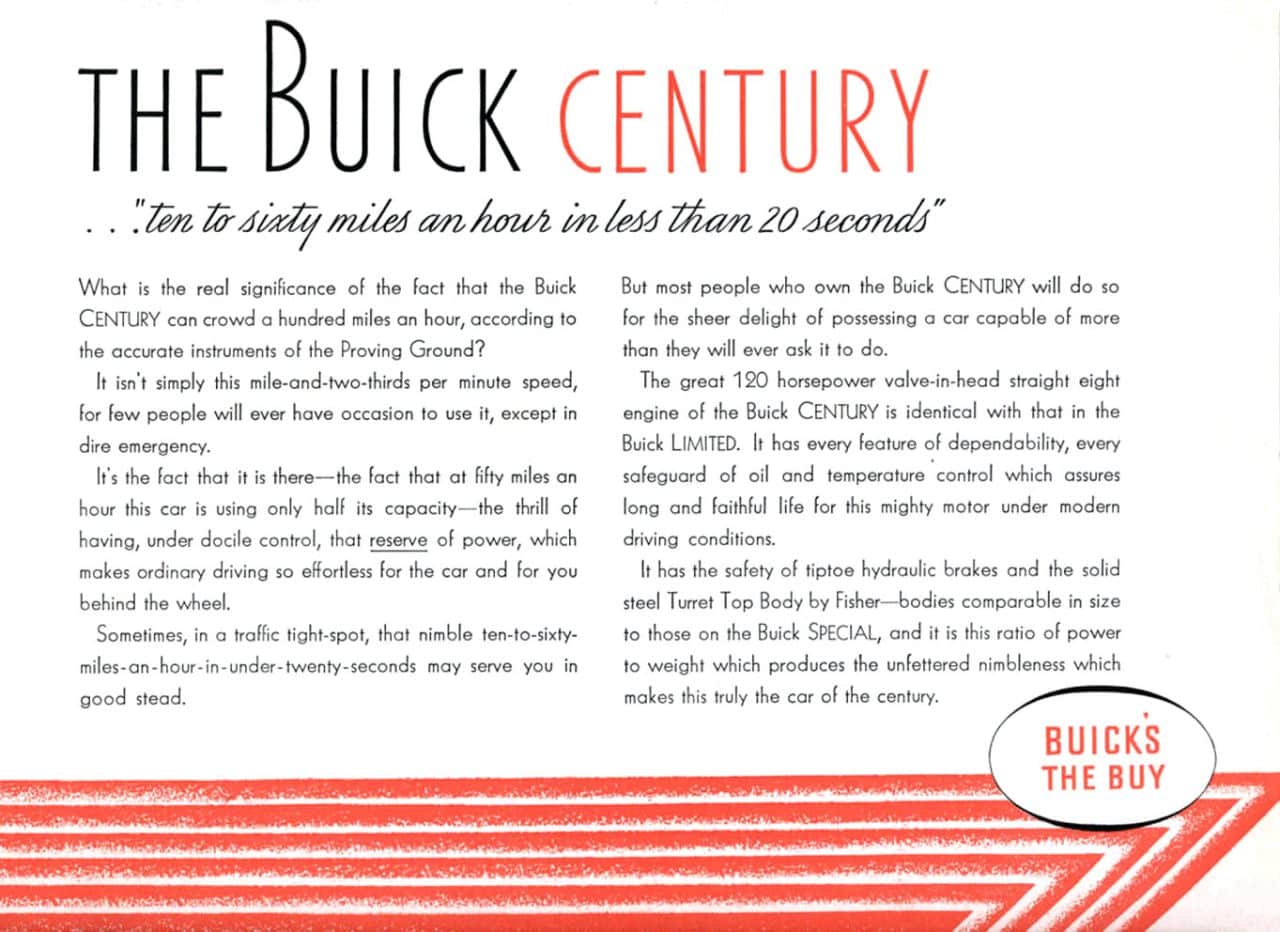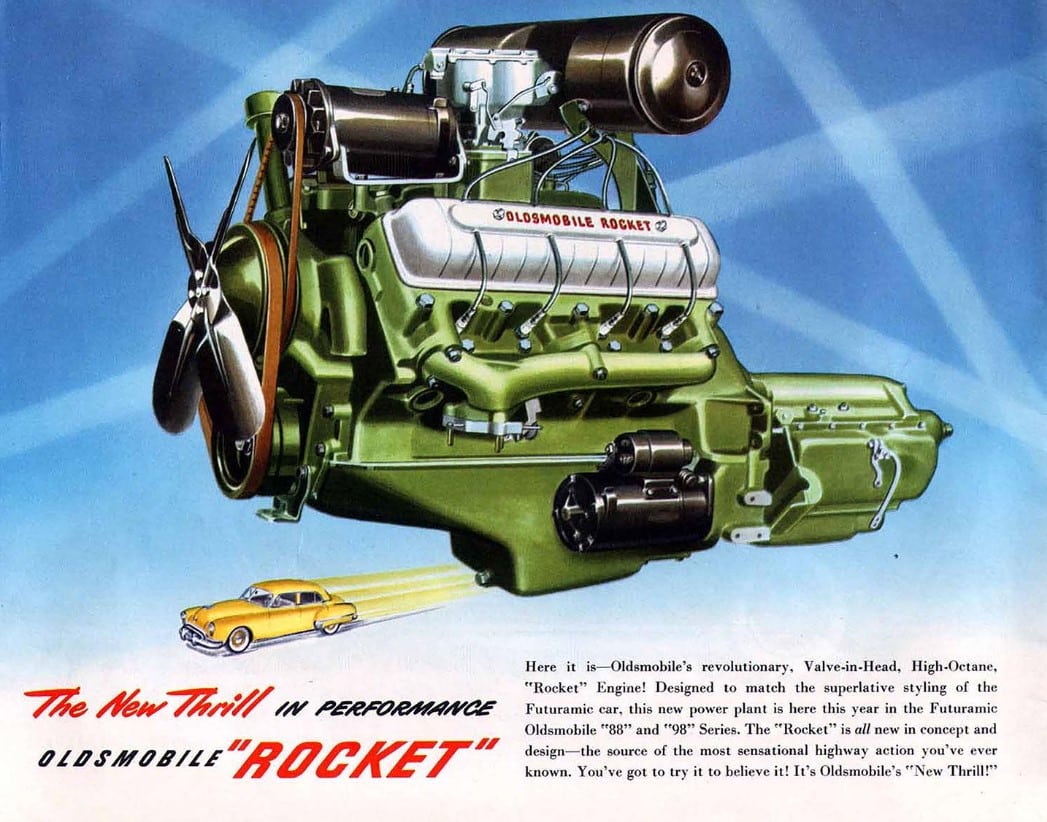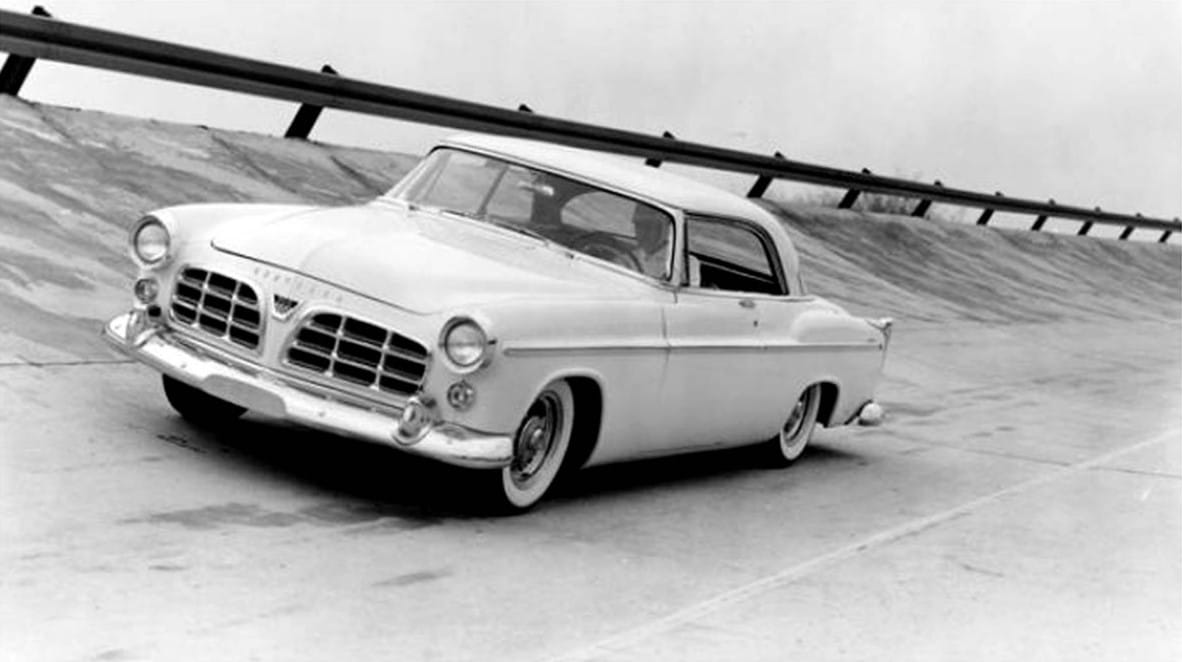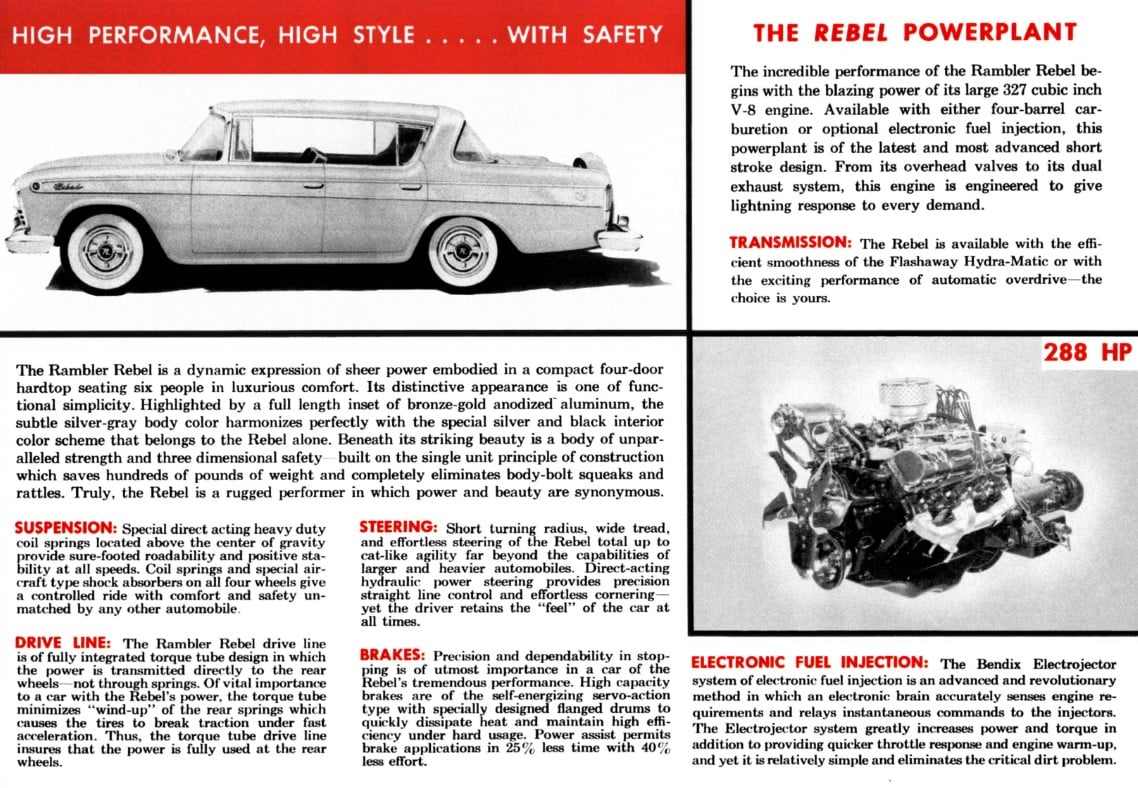I’ve long subscribed to the idea that the first muscle car was the 1964 Pontiac GTO, but there were muscle cars before the GTO. When your head finally stops hurting trying to make sense of that, allow me to ask: does that make sense?
Mopar fans will want to argue the 1962 Plymouth and Dodge models with the 413 Max Wedge were the first due to its packaging that fakes the mid-size footprint that made the GTO what it was. However, this rant is not for the Mopar fans but, rather, for those who think a 1936 Buick Century was the first muscle car.

It boggles my mind to think that there’s someone out there who thinks a car with a 122-inch wheelbase and 120 gross horsepower from a 320ci straight-eight is a muscle car. Buick claimed in its brochure that the Century went “ten to sixty miles an hour in less than 20 seconds.” In what world does that sound like a muscle car? It must be Buick loyalists who wish to push this idea since the Roadmaster’s engine was powering a smaller platform but, sorry, just because a vehicle was renown for being a high-speed cruiser back in the day does not a muscle car make. And 122 inches ain’t small either.

I can give Oldsmobile folks more credence in this regard, yet I’m still with doubt. Certainly the 119½-inch wheelbase 1949 Oldsmobile 88 was a star in the postwar era’s infancy, thanks to the new high-compression 303ci Rocket V8 with 135 horsepower, but what kind of ETs did it pull? Sure, the element of NASCAR adds credibility to the “Rocket 88”’s performance credentials, but it’s not a muscle car — not even a prototypical one.

The same goes for the Chrysler 331 Hemi as introduced in 1951, but let’s move up a bit to the 1955 Chrysler C-300. I think this one is more substantive than any previous suggestions, but join me as we look into the future and take note of the most popular muscle car ever, the 1966 GTO. Over 96,000 were built, with a base price of $2,900 or so. In contrast, the base price of a C-300 was over $4,100. Given the nine years difference between the two, the price abyss would have been even bigger in real terms. Were muscle cars only for the few who could afford a vehicle bordering on Cadillac territory in price? Sorry, while mighty, speedy and historic, the C-300 was not the first muscle car, but we can see the buds growing with increased NASCAR popularity and companies aiming to produce vehicles that would be competitive in the racing circuit.

So, then, AMC folks see an opportunity! The 1957 Rambler Rebel featured a 255-horsepower 327, rated the same as that for the Ambassador, though the mechanical cam possibly added 20 more (the fuel-injected version never made it to production). Motor Trend ran 17.85 in the quarter mile, which would have been considered a pathetic ET for a performance car several years later. Did I mention the Rebel was a four-door? After 1957, there was no special high-performance Rebel, so if it was the first and so important, why did it disappear?

While I don’t want to go into the Max Wedge debate — that’s a can of worms best left for a separate article — what I’ll do is explain the value in the GTO’s significance: General Motors was going through a moment when it curtailed all sanctioned racing at the beginning of 1963 because there were rumblings that the government felt GM’s market share created an uncompetitive environment. Over at Pontiac, so much effort had been made to transform the brand into one with a sporty, performance-oriented reputation, and now it could not produce cars for the racetrack like Super Duty 421s. In response, Pontiac turned its attention from the racetrack to the street, equipping the GTO with a large engine in its new mid-size series. The 1964 GTO was the cusp of the past and future of the performance market, which led to a host of imitators — something that Max Wedge Mopars can’t claim. Of course, a 1962 Plymouth or Dodge with a 415-horsepower 413 is a muscle car, but the 1964 GTO was the first.

Make sense?






What B.S , nothing better to write about…like the 62 Impala SS 409?
Rodolico you do not like the the Dart? but I hear you no Chevy Come on relly?
The article was about a Buick.
I HAD OATMEAL FOR BREAKFAST AND SOUPED IT UP BY PUTTING SOME CHIA ON IT….
The Buick Century was a worthy contender for what you might have been driving in 1936. The fact that a little Pontiac economy car finally came along 28 years later is irrelevant to the issue.
That little economy car set the template for others to follow.
Your comments about the Buick only shows that you have the arrogance of the young and did not too bright.
The same as my cell phone who has a predilection for changing the grammar and word arrangement in my posts.
You have a young and arrogant cell phone?
What about the ’59 & ’60 Thunderbird with 430 engine? It’s within 2″ of the GTO. The ‘ 58 Mercury with the 430 tri-power was rated at 400 hp.
This wasn’t a list of cars that could be muscle cars. It was a criticism of cars that are sometimes touted as being the first.
But ask yourself:
What is their power/weight ratio?
What kind of ETs are they running?
Were they influenced by NHRA and/or NASCAR?